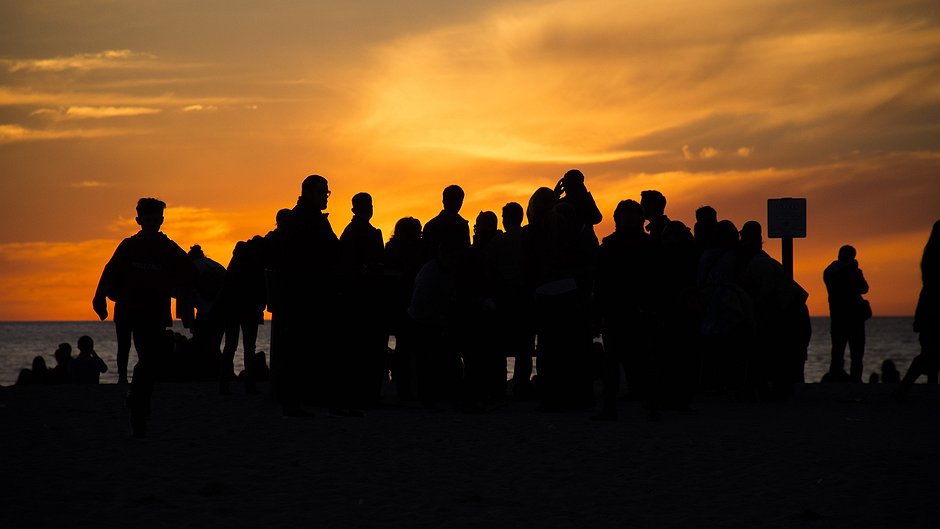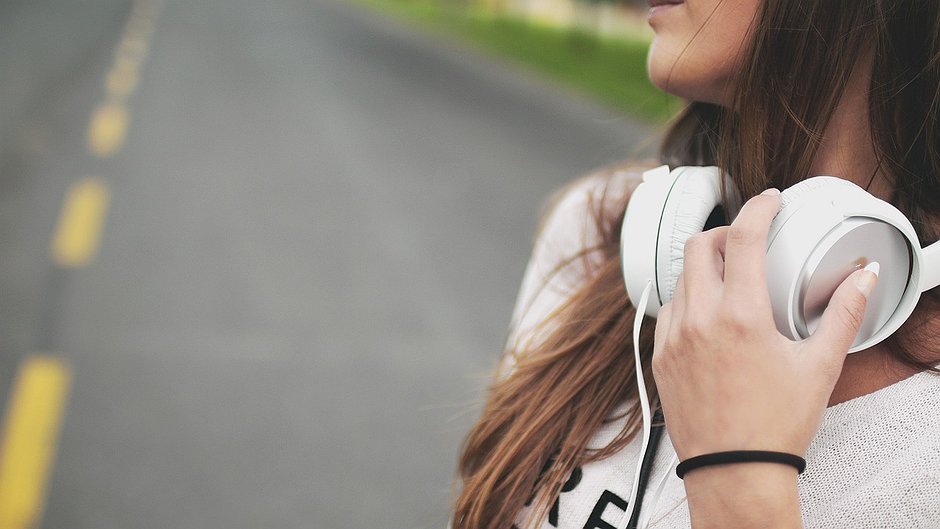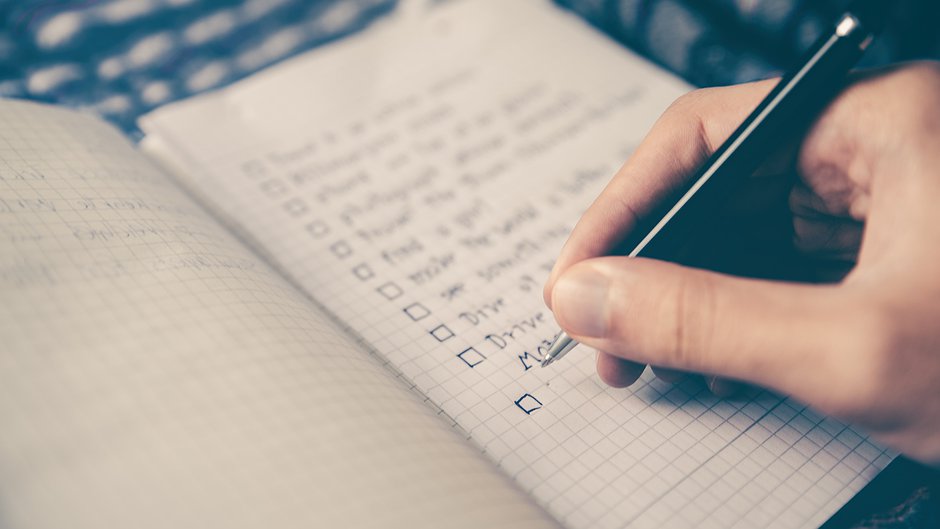
Verification checklist for open source investigations
Open source investigations can be a challenge. There are many pieces of the puzzle to think about.
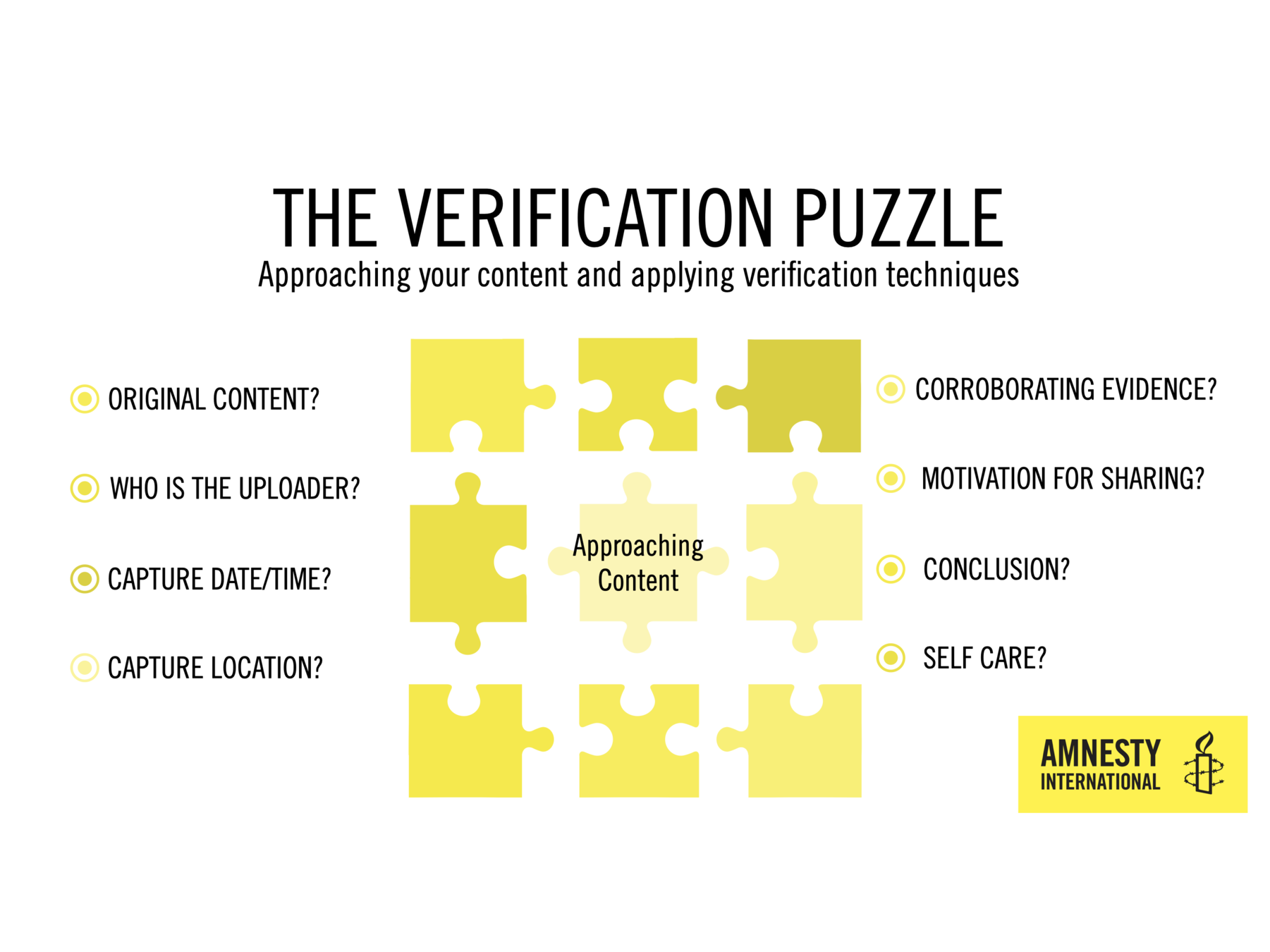
To help verify content, here is a resource developed by Amnesty International showing a digital verification checklist.
1. Is the content you are viewing original?
2. Who is the uploader?
3. When was the content captured?
4. Where was the content captured?
5. Can you identify any other corroborating evidence?
6. What is the source’s motivation for sharing this content?
7. What conclusions can be drawn from the content analysed?
8. Are you practising effective self-care?
Let's go through the checklist in more detail:
1. Is the content you are viewing original?
To evaluate this question, you may consider how you received the content. Did you find it on social media or did you receive it from a local source? You may also try to establish whether this content has been online before using reverse image search. If the content is not original, this means you cannot rely on any metadata attached to it.
2. Who is the uploader?
The answer to this question could provide a strong suggestion as to the reliability of the content. For example, “verified” users may be considered more credible or less likely to be bot accounts pushing mis or disinformation. Information about the uploader may also be useful in establishing their proximity to the event described in the post.
3. When was the content captured?
Without reliable metadata, this question can often be difficult to answer. If the image or video was shared online soon after it was recorded, the upload date/time may provide a close approximation of the capture date/time.
4. Where was the content captured?
Even when metadata or geotags provide location data for an image or video, it is best practice to always confirm the location by matching visual features from the content with corresponding satellite imagery or street view. Whenever independent geolocation is impossible, you must consider what other details about the image or video can be verified and whether this is enough to confirm the veracity of the content.
5. Can you identify any other corroborating evidence?
Often the most effective way of confirming the capture date, location, and other details about a piece of content is to find other images, videos or articles that corroborate the scene observed. This might be the same moment recorded from multiple angles or matching upload dates of similar accounts of the same event.
6. What is the source's motivation for sharing this content?
Considering the motivations of the source in sharing the content is crucial to properly evaluating the credibility of the content itself and accounting for the individual perspective of the person who shared or captured it.
Open source information can be deeply partisan, however, despite the bias of the source, the content itself may still have value for the investigation provided they can be properly verified.
7. What conclusions can be drawn from the content analysed?
As you wrap up the verification process, it is important to consider what conclusions are supported by the information that has been verified and how this fits with other sources of evidence gathered throughout the investigation. Particularly in the human rights sphere, no single image or video is likely to constitute evidence of a human rights violation in and of itself.
8. Are you practising effective self-care?
In the heat of an investigation, it is easy to lose sight of the toll that the research is having on your mind and body, particularly when dealing with graphic or traumatic content. As you work through the verification process, asking yourself whether you have been taking steps to care for yourself is essential to maintaining your health as the researcher, as well as the accuracy of your analysis.
When proceeding through this checklist, not every answer will be completely satisfied. Some questions may be impossible to answer given the content that you are looking at. Others may be answered with a lesser degree of certainty. Being honest and transparent about the results of verification and the conclusions that are supported is key to ensuring accurate reporting - and avoiding potentially costly mishaps.
Want to learn more? Sign up for Amnesty International’s free 2-part course on Advocacy Assembly.
Related courses

90 mins
 School of Data
School of Data
90 mins
 School of Data
School of Data Rory Peck Trust
Rory Peck Trust
50 mins
 Rory Peck Trust
Rory Peck Trust
Blogs
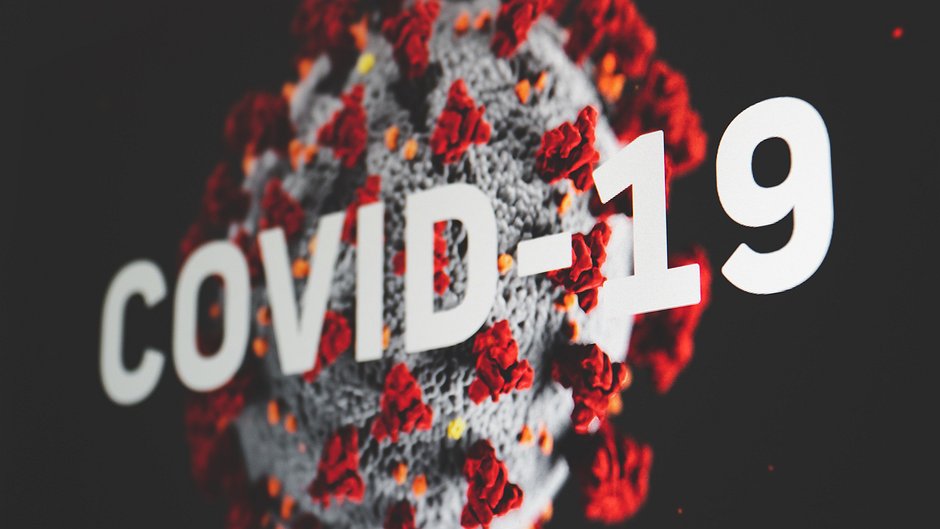
6 useful resources for journalists covering Covid-19
With a global pandemic spreading throughout the world, journalists are under increasing pressure to report accurate and relevant news for the masses. Often when covering a crisis, those on the reporting frontlines compromise their physical safety and mental health. To show some solidarity, the Advocacy Assembly team curated a list of useful resources from other organisations leading the way on this.
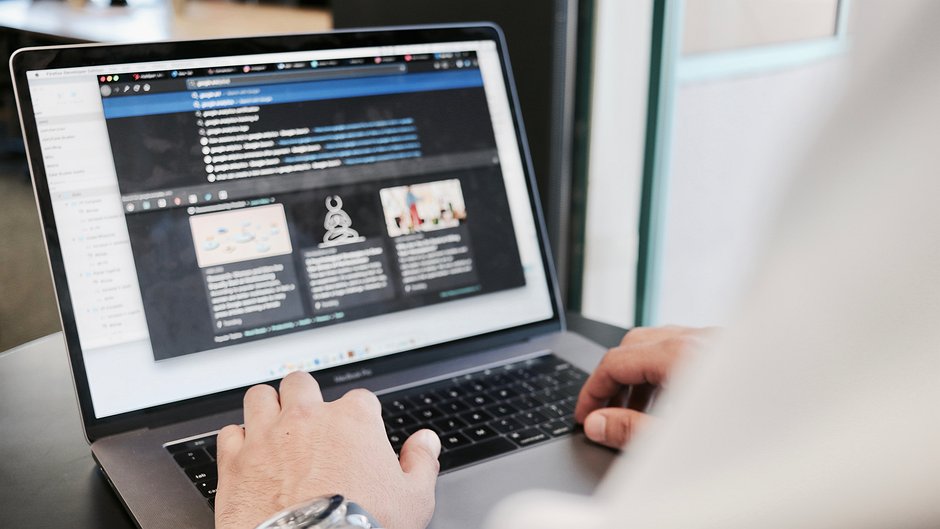
5 ways to find data for your next story
Data journalism is fast becoming a big trend in newsrooms across the globe. However, data isn’t always so easy to find. Here are five ways to get data for your next article.

